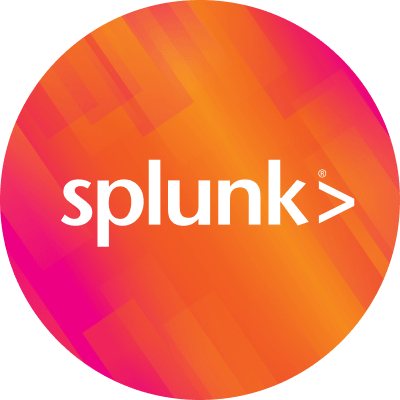The Boat Race 2018: Row, Row, Row, Your Boat - Create a Data Stream

It’s that time of year when perhaps the most British of sporting events takes place; Oxford University race Cambridge University in The Boat Race. Now, I used to be - at best - an amateur rower, but I have competed on the boat race course (below), and can vouch that it’s longer than it looks! We do however have a number of much more accomplished athletes here at Splunk. In fact, our own EMEA ITOA specialist, Crispin Page, rowed for Cambridge in The Boat Race (many) years ago.

Originally I thought I’d try and find the rowing data from the last ten or twenty boat races to predict the winner of this year’s race. However, both sides seem to keep that data fairly close to their chests as it might give the opposition a competitive advantage. So instead I made my own dataset (and set out to write a very different blog post).
Can I row at the speed The Boat Race crews go for 5000m?
I’ve got a Concept 2 rowing machine or “ergo” in my garage at home, which has the ability to record all your rowing data. Once you’ve logged a few kilometres you just connect it to an app on your phone or laptop, and you can see just how slow you’re going - in painful detail.
To try and give the training a focus and add a competitive element to it, I thought I’d see if I can row as fast as the Oxford or Cambridge crews. That didn’t go well. Matthew Pinsent, probably one of Britain's most famous Olympic rowers (and now Umpire for The Boat Race), raced for Oxford in the early 90s. His 5000m was one of the fastest ever, at 15 minutes and 11 seconds. That translates to about 1:31.1 for each 500m. So, I thought I’d set myself a realistic goal…
Can I row for 500m at the speed The Boat Race crews go for 5000m?
I started trying a number of different rowing workouts to try and have crack at 500m in 1:31. First up, I looked at how far I’d rowed for each workout and put that against the calories burnt per hour. You can see that on 18th February I did a 15km row and closer to the “race date” of 18th March, I started to reduce the distance but up the intensity - hence the calories burnt.

I thought I’d look into that a bit further and see what “stroke rate” (per minute) I’d been training at. The science is you do lots of long, slower rate, lower power rows to build stamina and then do less, faster rows once you’ve got a good foundation. I wasn’t too far off:

The table on the right shows each row by distance vs split time (how long to row 500m), and how many watts of power you were producing. You can see the 15km long row at the bottom was at 1:59.8 per each 500m with an average power of 203 watts (about three lightbulbs), and the fast 500m row was 455 watts. In the pie chart on the right you can see the 15km row in purple and the bulk of the other training (dark blue and orange) was at about 1:55 per 500m.
The dark orange/red in the top/middle segment of the pie chart is the “race piece” where I tried to row the 500m at Matthew Pinsent’s 5000m pace. I wanted to dig into that, so took that individual slice of the data and looked at how fast each ‘piece’ was. I wanted to see the stroke rate, how long each 100m part of the race took and the split time for each 100m:

Needless to say you can see the tail off in speed in the last 100m. The section from 200-300 metres was good. That’s the part where you are still rating high, but the lactic acid and lack of oxygen hasn’t kicked in yet. Plenty of work to do on that last 100m it seems.

I then wanted to look at those segments slightly differently, so created the bar graph above showing which segment has the fastest split time. Interestingly, my face went the same colour yellow followed by various shades of red and purple.
The 500m race ended up at 1:31.6 for the 500m. A fraction off Matthew Pinsent’s fastest ever time thanks to that last 100m. Plenty of work to do if there’s going to be a dramatic return to rowing, but in the meantime I’ll enjoy watching the boat race (I’m hoping for an Oxford win).
As always, thanks for reading.
Matt
----------------------------------------------------
Thanks!
Matt Davies
Related Articles
About Splunk
The world’s leading organizations rely on Splunk, a Cisco company, to continuously strengthen digital resilience with our unified security and observability platform, powered by industry-leading AI.
Our customers trust Splunk’s award-winning security and observability solutions to secure and improve the reliability of their complex digital environments, at any scale.




